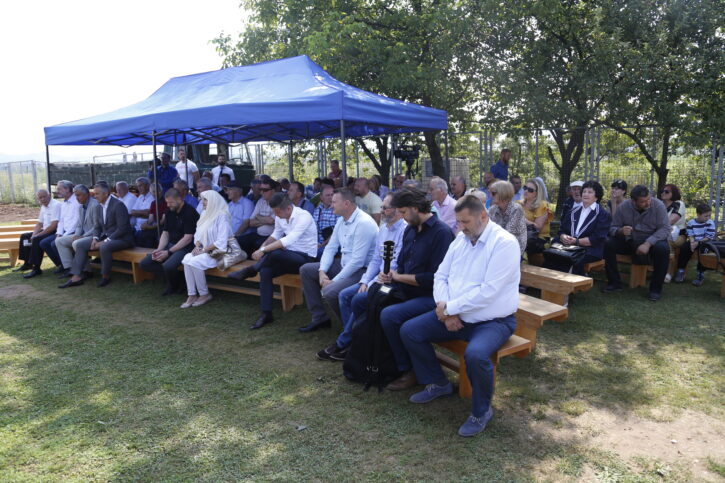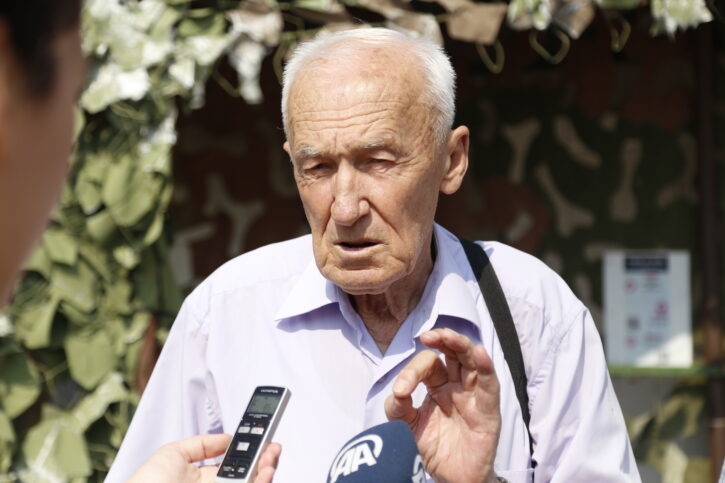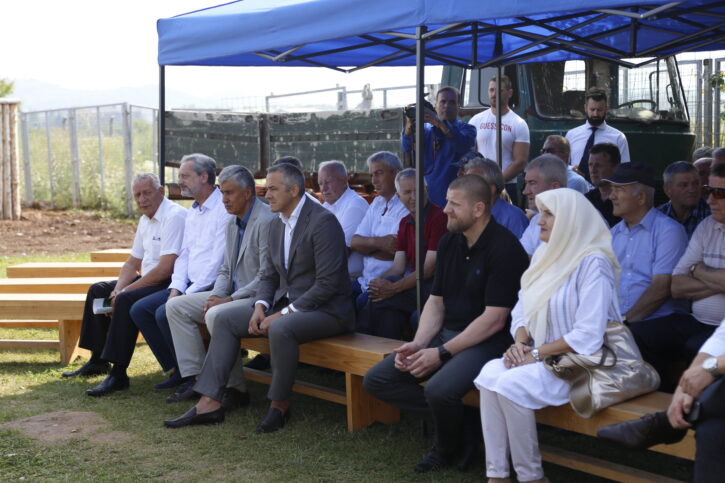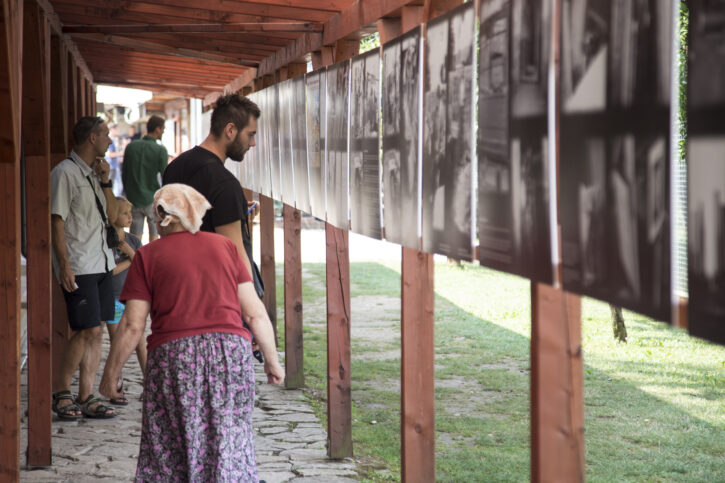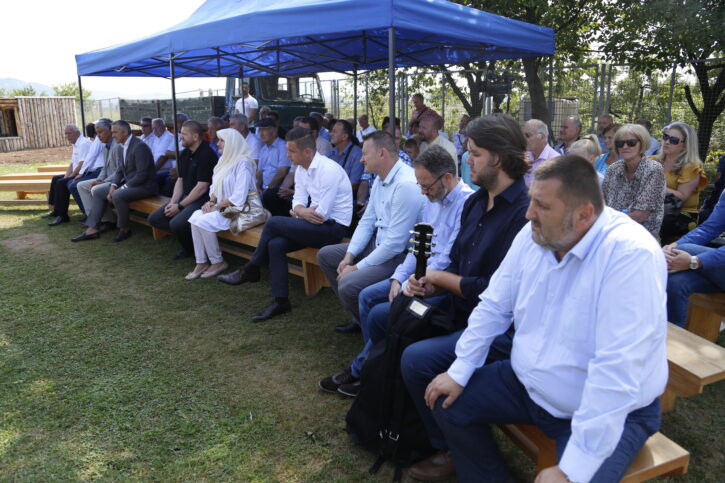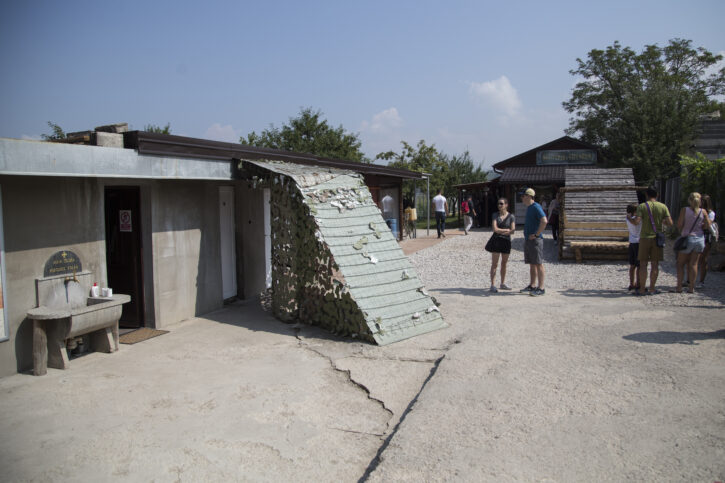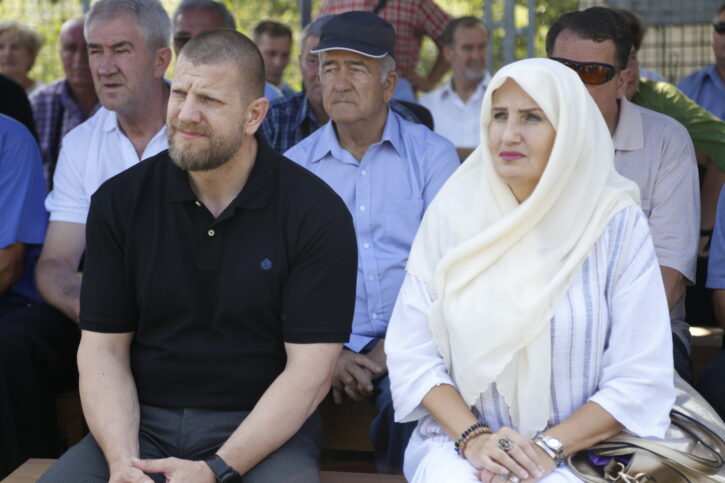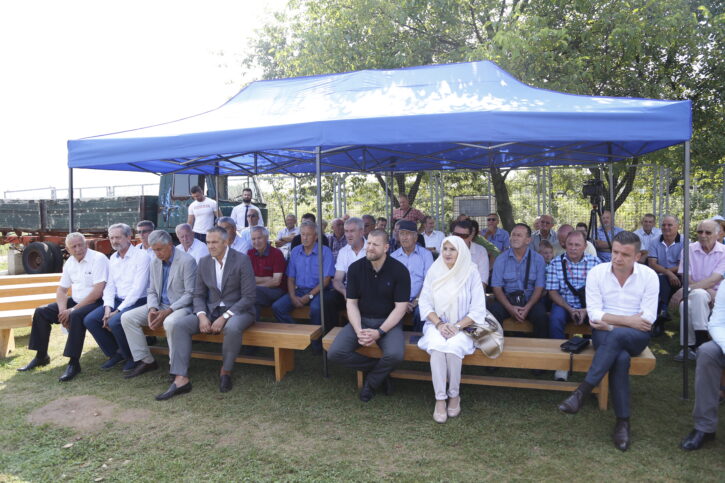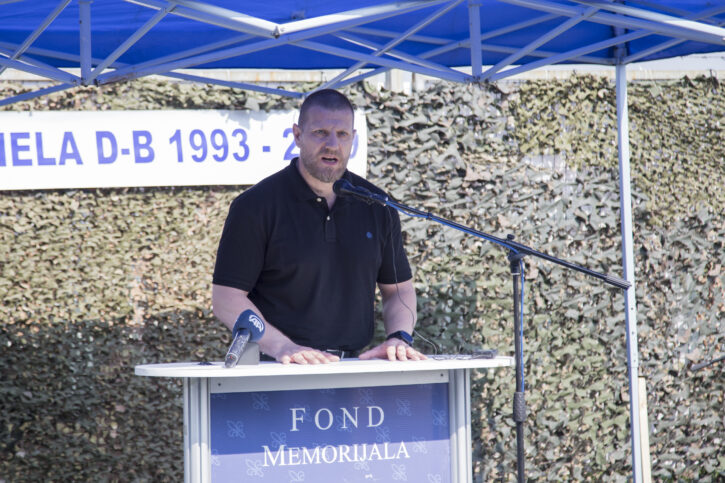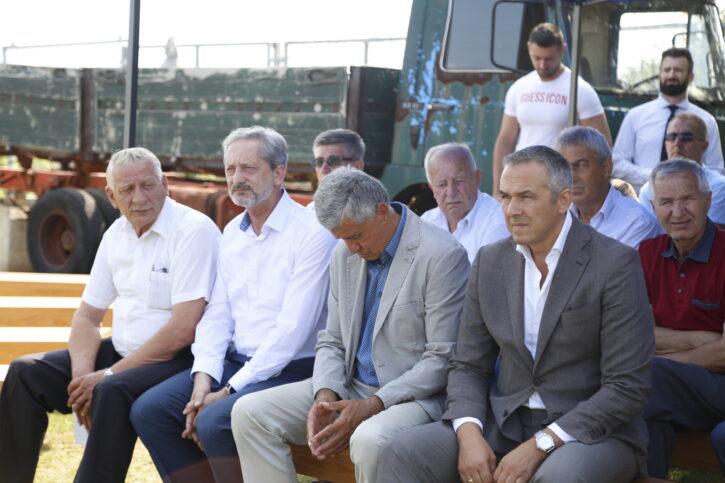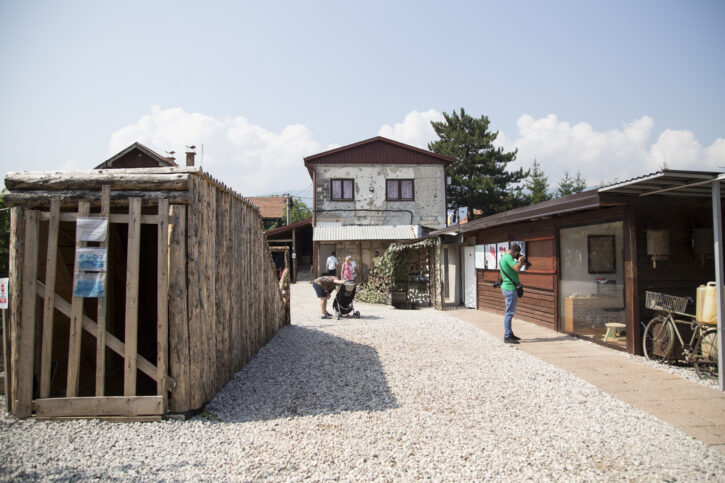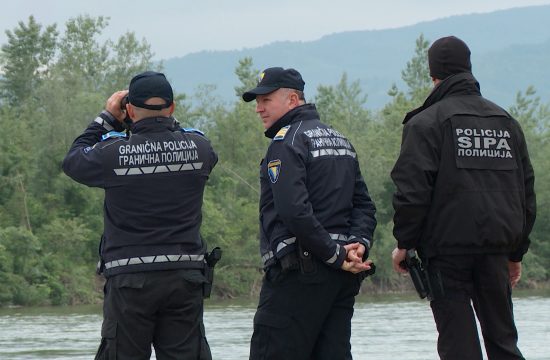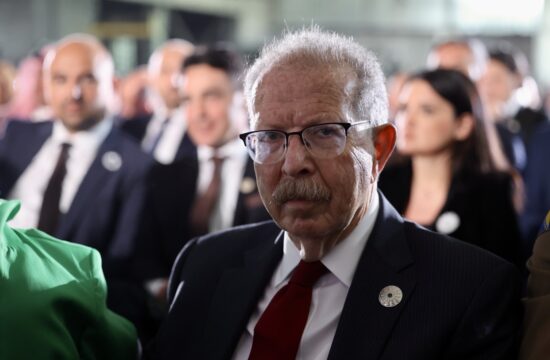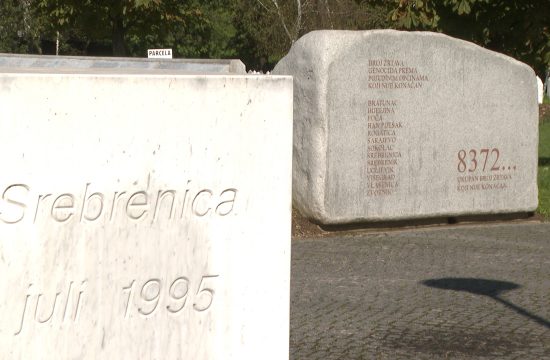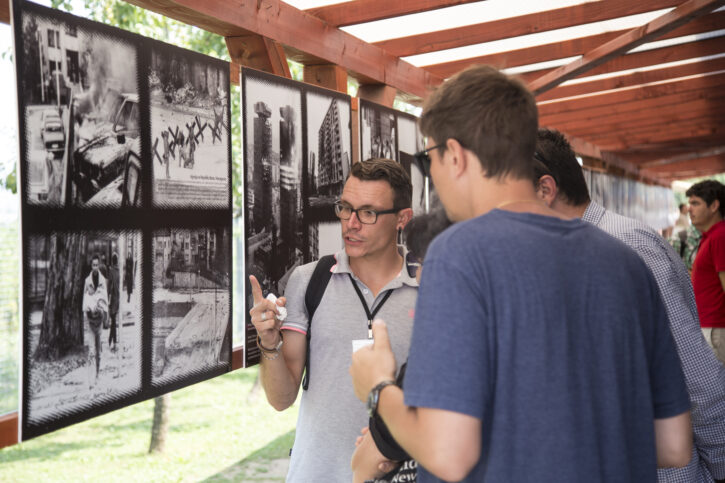
The construction of the most important strategic project for the defence of Sarajevo and Bosnia and Herzegovina during the war, ‘Tunnel D-B’, was finished on this day 26 years ago.
The 720 metres long and 1,5 metre high lifeline underneath the runway connected the Sarajevo neighborhood of Dobrinja, controlled by the Army of the Republic of Bosnia and Herzegovina, with the neighborhood of Butmir, also under Bosnian control but outside of the siege.
Over the next two years, thousands of people passed through the secret tunnel, carrying goods needed for survival in the besieged city.
The Memorial Fund and the Memorial Complex D-B have on Wednesday organised a programme which included the airing of a short film dedicated to those who built the tunnel.
Sarajevo’s citizens worked on the construction for months without adequate clothing, food or water.
Among them was now-78-year-old Fadil Mizdrak, who said he will never forget what it was like.
“One of the hardest memories was the difficult work, the difficult conditions inside the tunnel. We would step into water that reached above our knees. We didn’t use boots, because they would immediately be filled with water,” he explained, adding that it was very difficult to carry the dirt out of that water.
Memorial Fund Director Suad Zijadic said the tunnel represents “one of the biggest victories of the Army of the Republic of Bosnia and Herzegovina and Bosnia’s political leadership.”
“Had we not built this tunnel, we surely would not have kept Bosnia and Herzegovina alive,” he said.
The Canton Sarajevo Minister for Veterans’ Affairs, Ismir Jusko, said that those who built the tunnel are “legends and walking monuments.”
Jusko was a member of the special police unit of Bosnia’s Interior Ministry in 1993, and he was one of the first to pass through the tunnel.
He thanked all those involved in the construction for managing to keep the tunnel a secret.
“We heard someone was building something, but we didn’t have official information,” Jusko said, emphasizing the secrecy of the project.
“There were so many of you involved in the construction of this tunnel but no information ever came confirming whether it was, as we would say, and urban legend or if it was actually happening,” he said.
He explained that at some point his unit was informed that it urgently needs to relocate to the Igman mountain.
“We came here, entered the tunnel. The water came approximately up to our waists, we were strong young men and we were very tired when we came out on the other side, but for every metre we would walk through it, we would repeat ”may God bless you for what you have done,” Jusko said, referring to the builders.
He added that in warfare it is considered that “when the capital falls, everything falls.”
“You broke through what we believed to be impossible to break through and since that moment the possibility that the capital will fall became impossible,” he said.
The D-B Tunnel was in 1996 turned into a museum, visited daily by many tourist groups.

